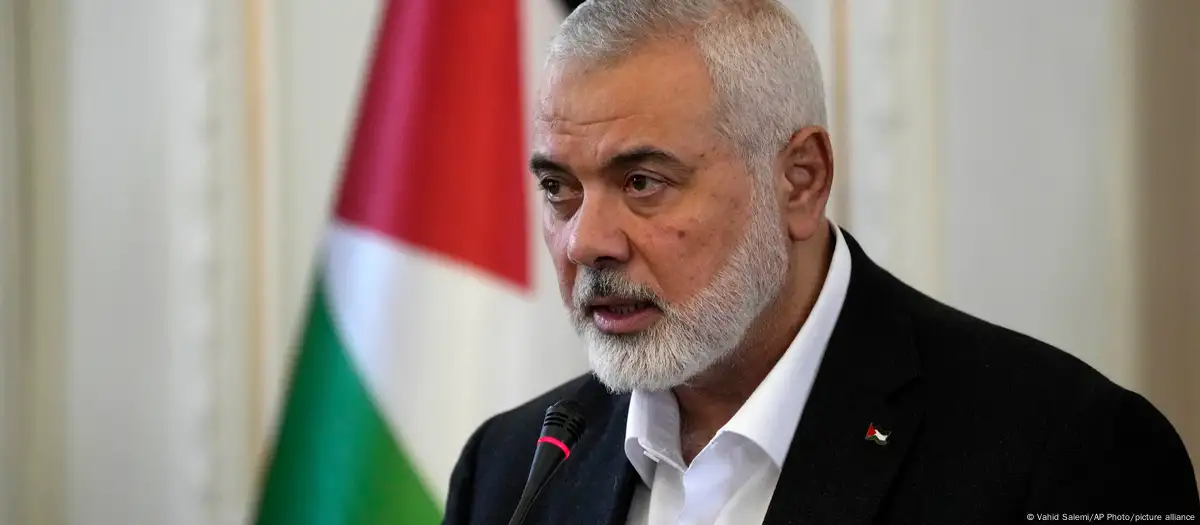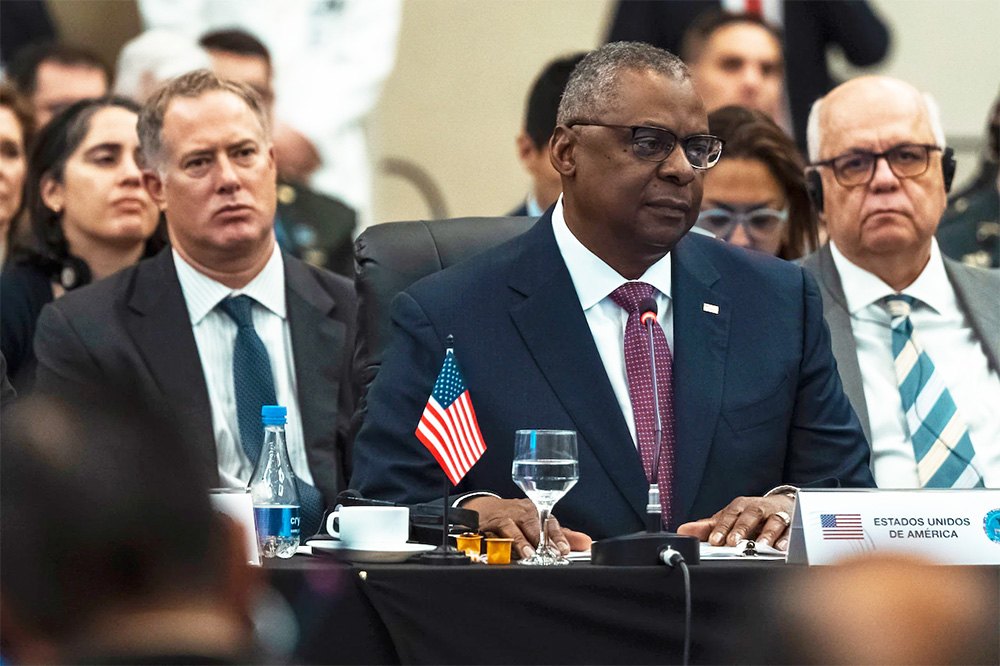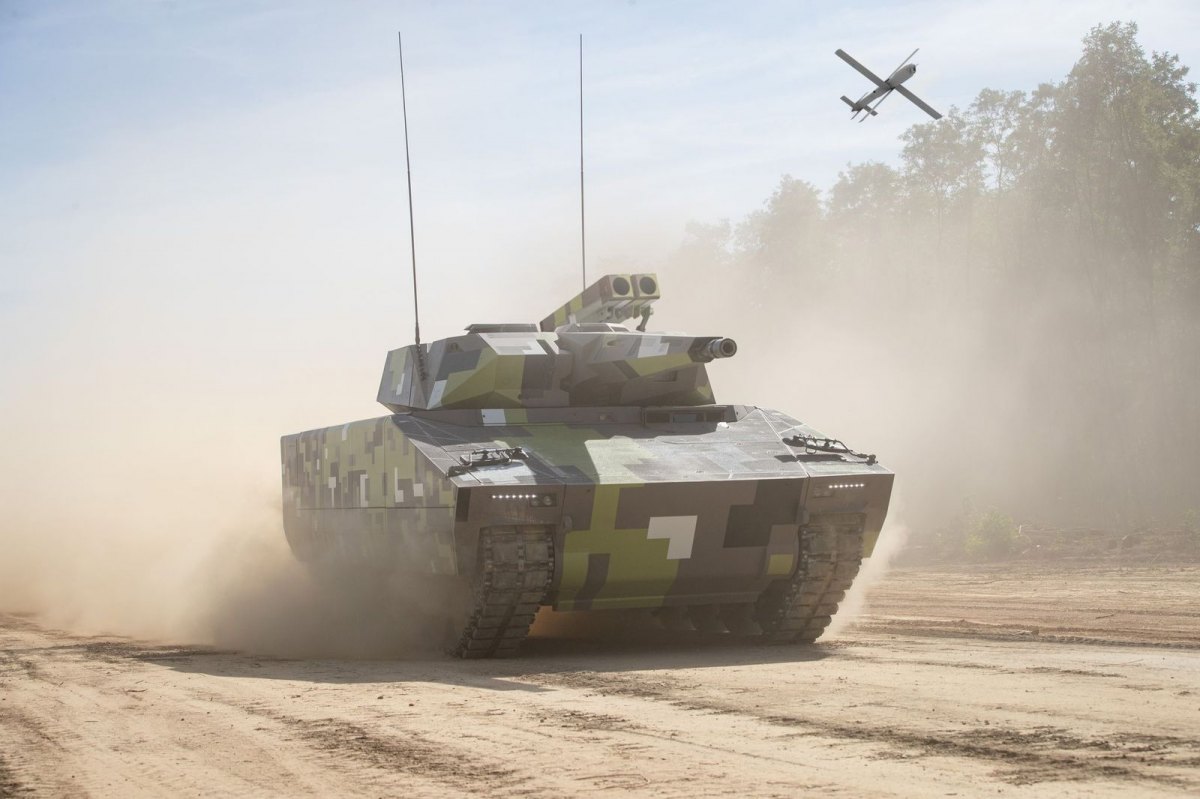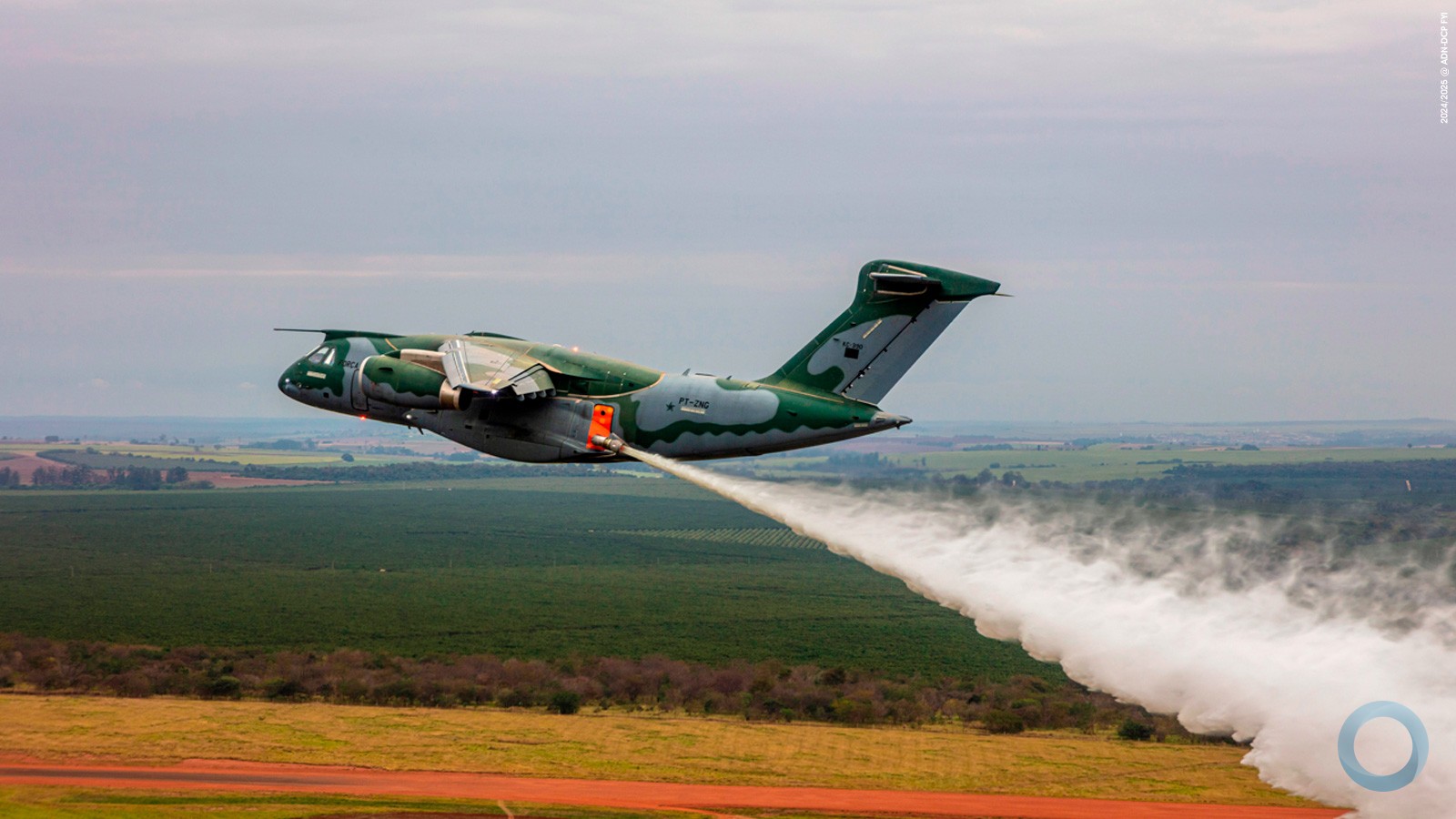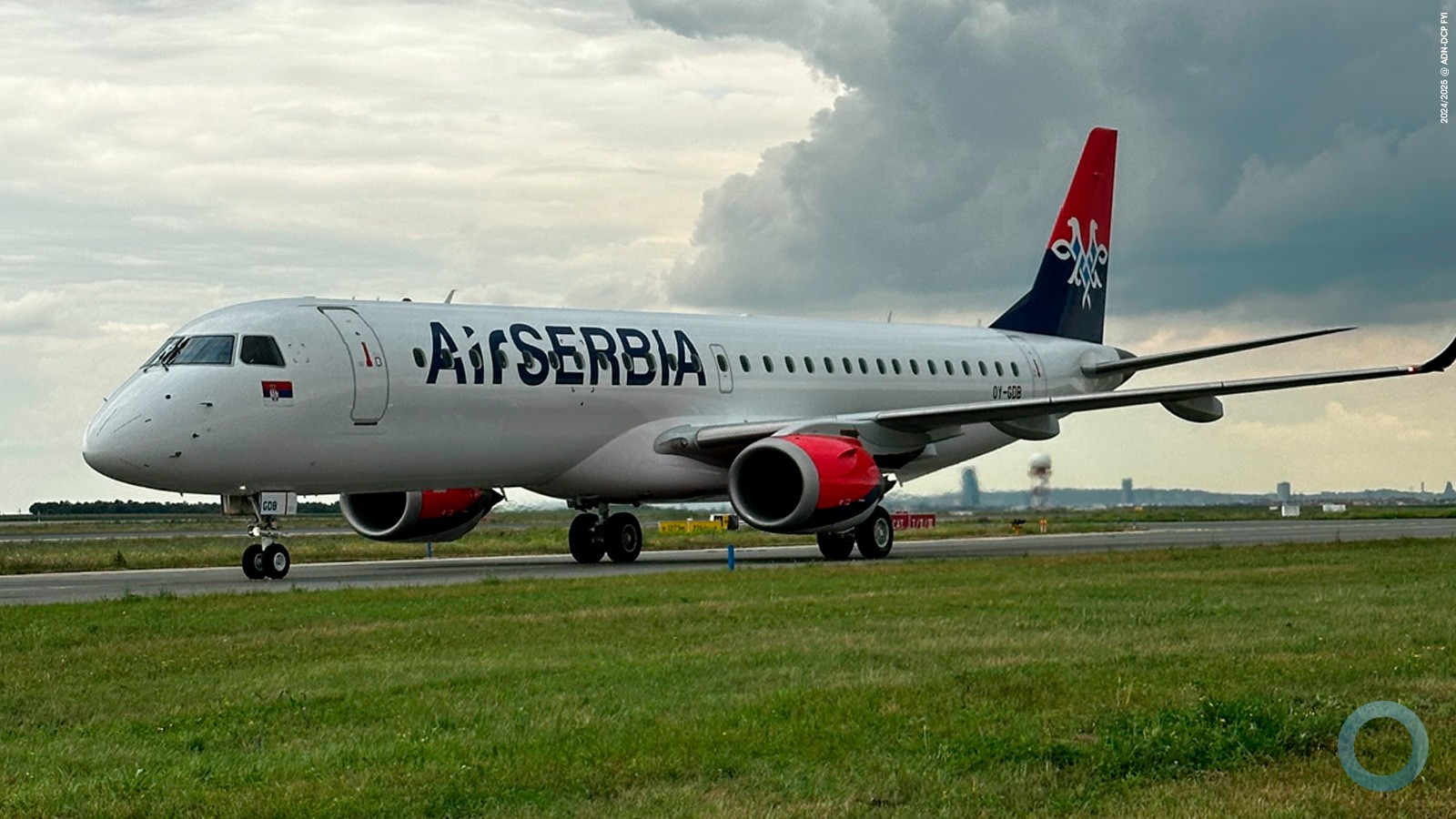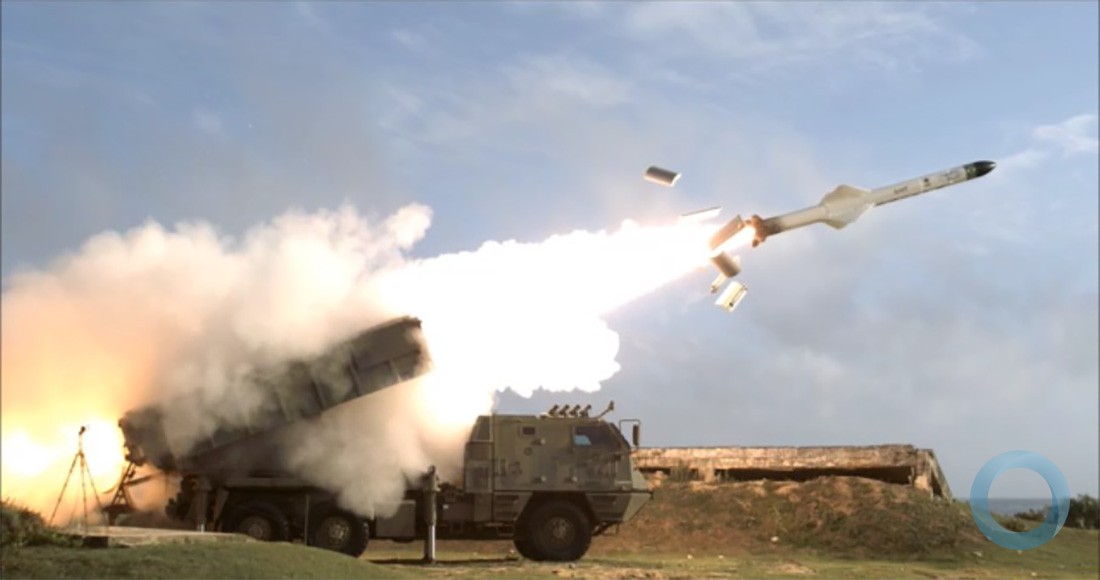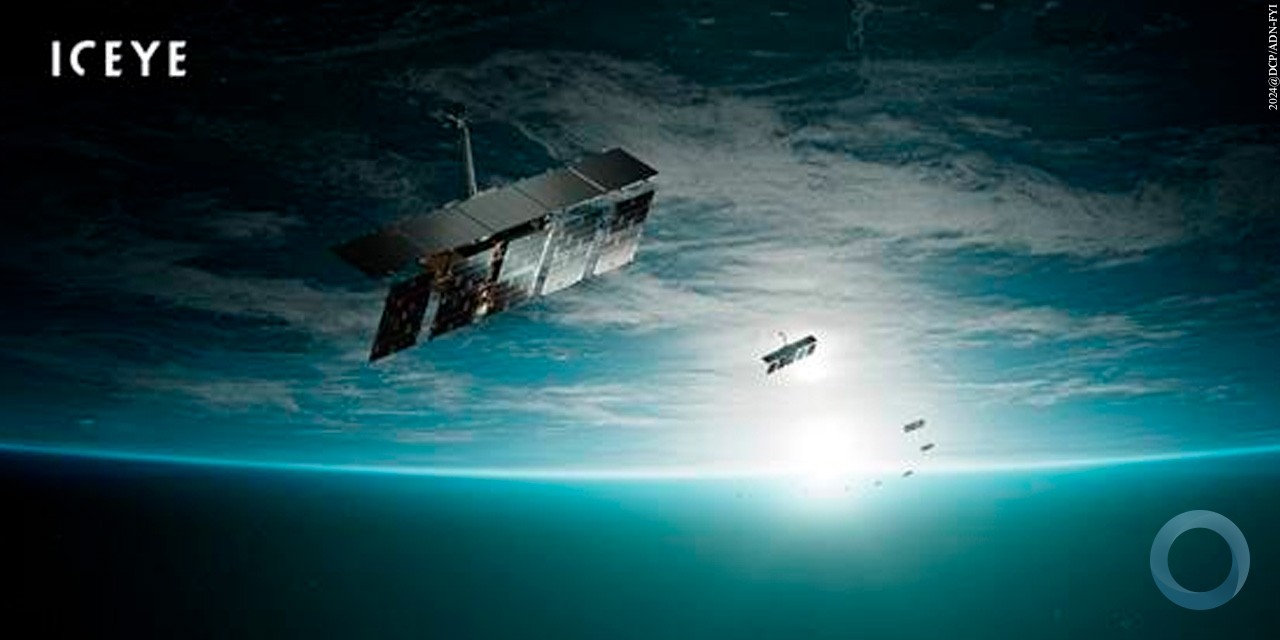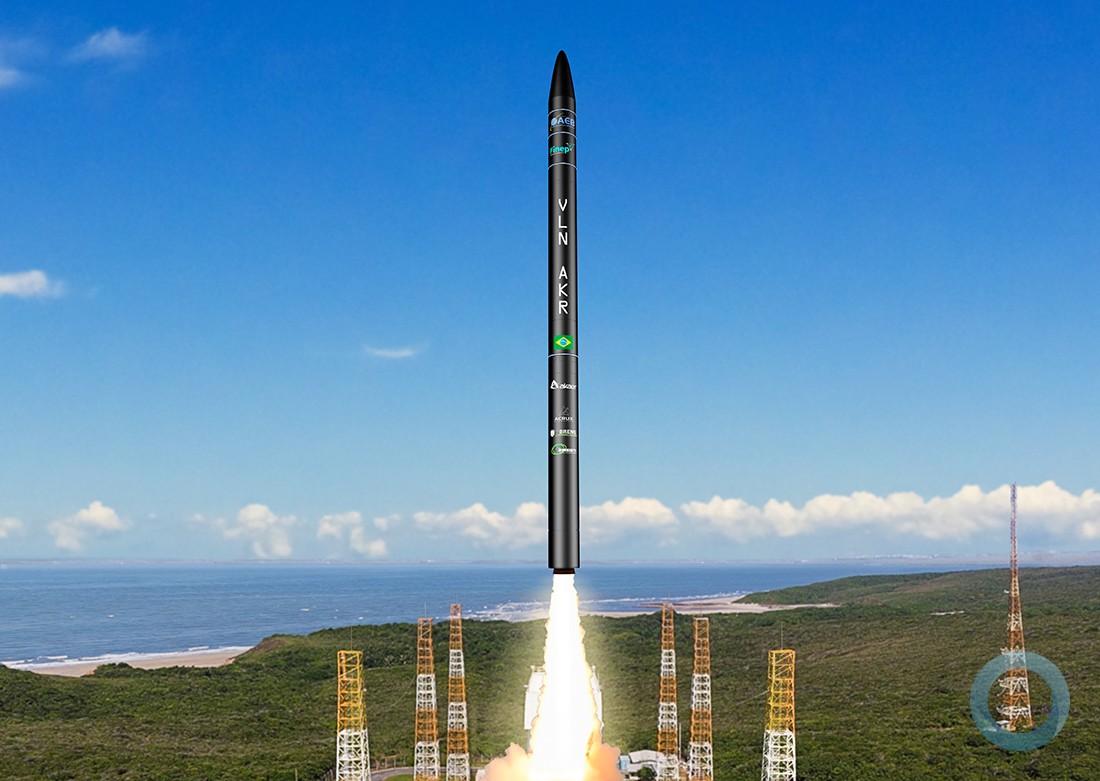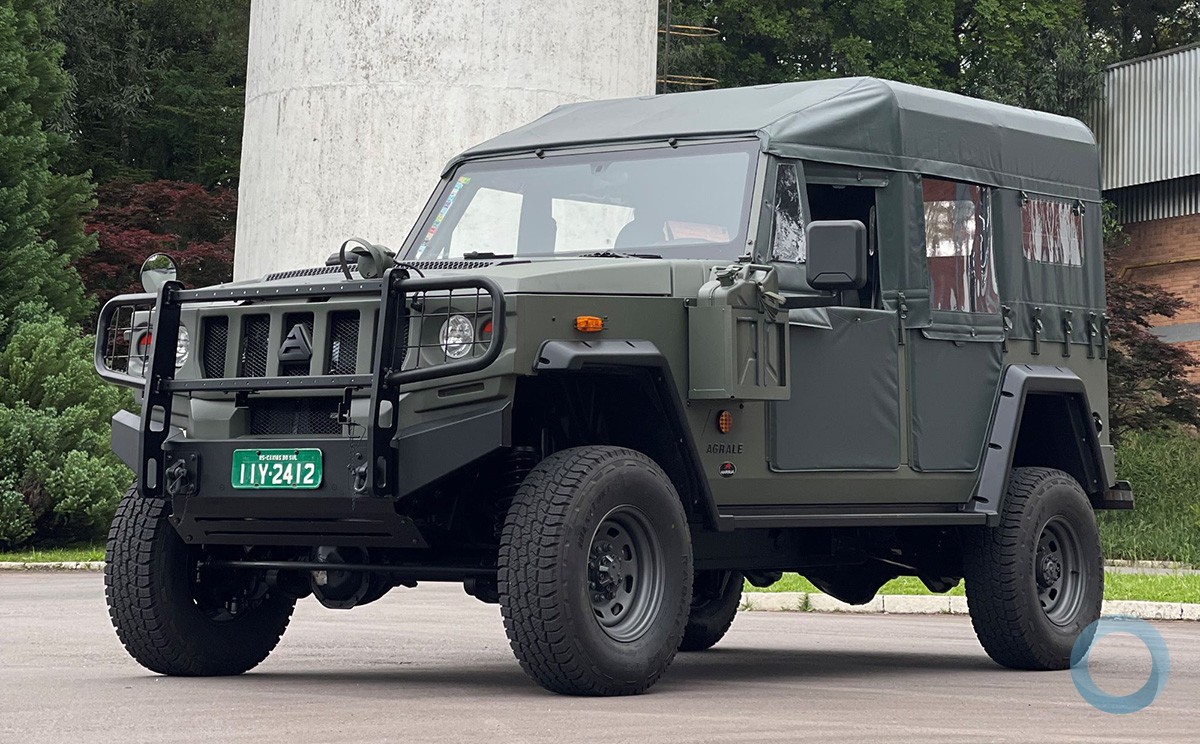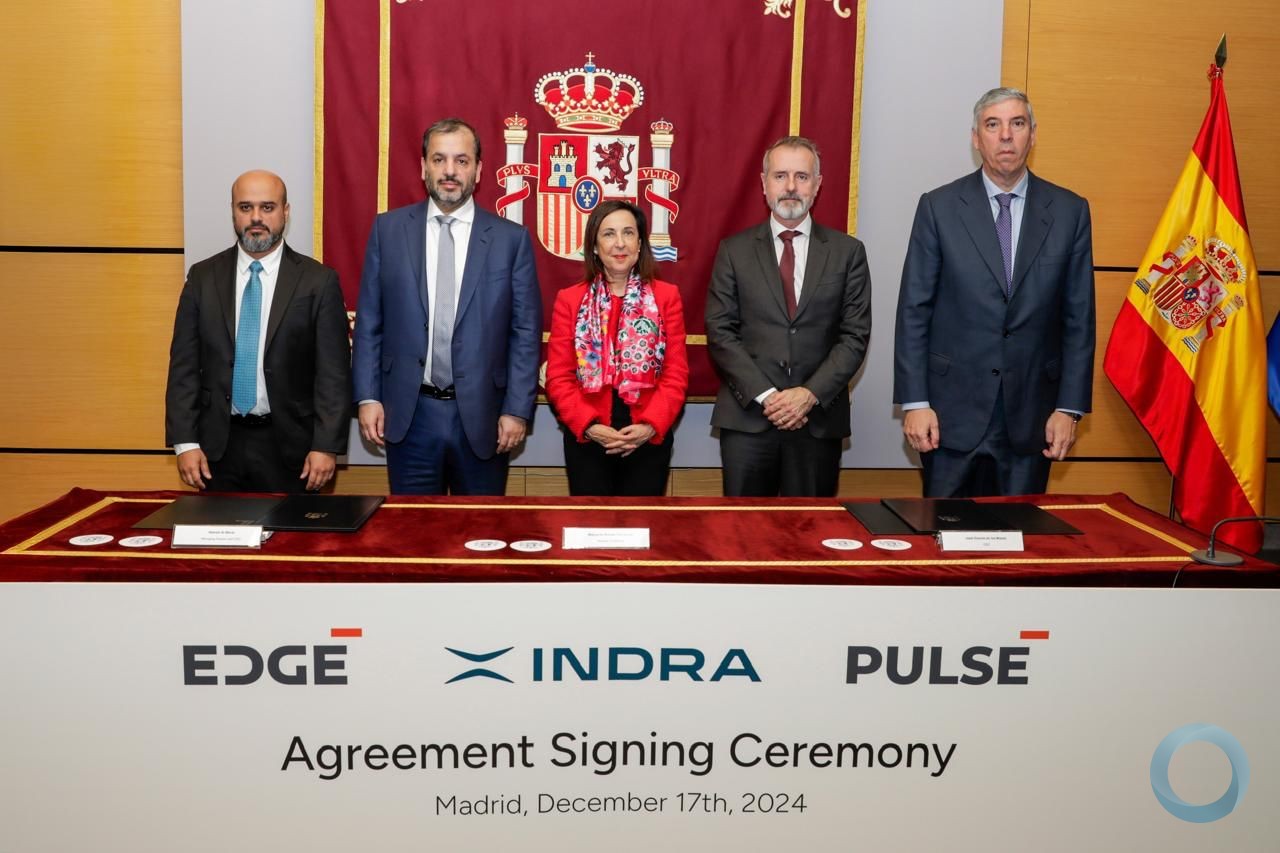It's April 16, 2015, and I'm driving through Bruchmühle, a well-kept hamlet around 30 kilometers (18 miles) east of Berlin that contains a couple of historic villas, some good spots for fishing, a football pitch and a discount supermarket. It's hard to imagine that history was made here, but it was. Almost exactly 70 years ago to the day.
In the second half of April 1945, Russian troops under Marshall Georgy Zhukov paused briefly in Bruchmühle and the surrounding area before launching an all-out offensive against Berlin. It was the final battle of World War II. Walter Ulbricht, soon to become the chairman of the Socialist Unity Party and the leader of Communist East Germany, spent the first days of May in a three-story house at Buchholzer Strasse 8. A plaque hangs on the side of the building to commemorate his stay.
And that's about it. The sites associated with the liberation of Germany – what the German defeat in World War II subsequently came to be known as – are rarely spectacular. You need a fair amount of imagination if you want to picture the massive military campaign that saw the Red Army subdue the capital of Nazi Germany.
Highway to hell
It took Zhukov and his forces more than two weeks to make it from Bruchmühle to the center of Berlin, where they stormed the Reichstag. It was the last act of a war that had been unwinnable for Germany for at least two years. The fighting in the final two weeks of the conflict claimed well over 170,000 lives. Today it takes me a half-an-hour in a 1989 Volkswagen Golf to cover the same route as Zhukov.
The Reichstag has been completely restored and given a new glass dome courtesy of Sir Norman Foster. The Moltkebrücke bridge, the scene of some of the most bitter fighting during the death throes of the Third Reich, is today just another way to get across the Spree River.
I park in front of the Soviet War Memorial just down from the Reichstag and the Brandenburg Gate. A handful of tourists are photographing the curved line of neo-classical columns topped by a statue of a triumphant Red Army soldier. To tell the truth, though, the two flanking tanks that "guard" the monument look a tad ridiculous.
The monument is located in what became West Berlin, which was always a thorn in the side of Russian and East German communists. So in 1949, they built a far bigger and more pompous war memorial about twenty minutes eastward in Treptow Park. This tribute to soviet military victory measures a proud 100,000 square meters. 40,000 cubic meters of granite were needed to build it. And the statue of the Russian soldier crushing a swastika beneath his boot towers thirty meters in the air.
It's an impressive spectacle, but also a fairly absurd one, given that the Nazis were notorious for construction projects of precisely these sorts of megalomaniacal, inhuman proportions. Ultimately the Treptow War Memorial is a monument to the wishful thinking of the Soviet Union and its vassal states. It has almost nothing, as far as I can see, to do with the reality of war.
The end of the end
Somewhat perversely, it's far easier to picture the everyday reality of the Third Reich, of which numerous architectural remnants survive, than to imagine its demise. With the notable exception of the Kaiser Wilhelm Memorial Church, which was purposely left unrepaired, the war-time devastation of Berlin is no longer apparent. In the famous aerial footage shot after German capitulation on May 8, the cityscape was reminiscent of Mars. More than half of Berlin's buildings had been completely or nearly destroyed. Today, government buildings alternate with pleasant green spaces.
I drive further west – to the place where an end was put to the horror. On May 8, 1945, the Wehrmacht's eastern leadership unconditionally surrendered in an officers' mess, located at Zwieseler Straße 4 in the outer district of Karlshorst. The building is now a museum. The stately, wood-paneled ground floor hall where the capitulation agreement was signed has been preserved.
The upper levels contain exhibits illustrating the dimensions of Nazi Germany's crimes – and of the Soviet Union's wartime sacrifice. I wonder, as I walk through the rooms, whether most Americans and Britons realize than it was Soviet and Polish units that actually tightened the noose around Hitler's neck.
A bit of peace
The western counterpart to the Karlshorst facility is the Allied Museum in Berlin’s Dahlem district. However, it focuses more on the post-war period than the actual liberation of the city. So instead of heading there, I drive out to the Autobahn number 10, which takes me past the towns through which Marshall Ivan Konev attacked Berlin to the south. Eventually I arrive at Cecilienhof Palace, in the city of Potsdam. It’s the site where the Potsdam Agreement was negotiated.
From mid-July to early August 1945, the leaders of the US, USSR and Great Britain met in the former palace of Crown Prince Wilhelm, the son of Kaiser Wilhelm II, to discuss the future – or rather what became the future division of Germany. The Potsdam Conference drew a line under the Second World War and, in some respects, also marked the beginning of the Cold War.
I like Cecilienhof. It's located on a lovely lake, and there's nothing megalomaniacal about it. Indeed, the word palace is a misnomer for this modest cottage style building. Its appearance almost naïve, and compared to most of the places I've visited on this trip – like Treptow with its overwhelming monuments – this comes across as unassuming and ultimately human.
Cecilienhof escaped major war damage, and as I walk through the grounds I ask myself whether Stalin, Truman and Churchill enjoyed the peace and quiet as they looked back on the worst war in human history and drew up a new world order in the summer of 1945. Amidst the perfectly trimmed lawns and beds of roses, I find it more difficult than ever to imagine what Berlin was like 70 years ago. A story of immeasurable suffering took place along the 100-kilometer (62 miles) route I've driven today. Nonetheless, it was a story with a happy ending.






